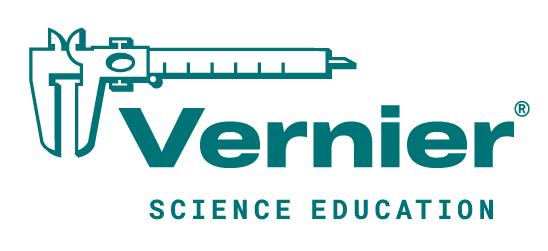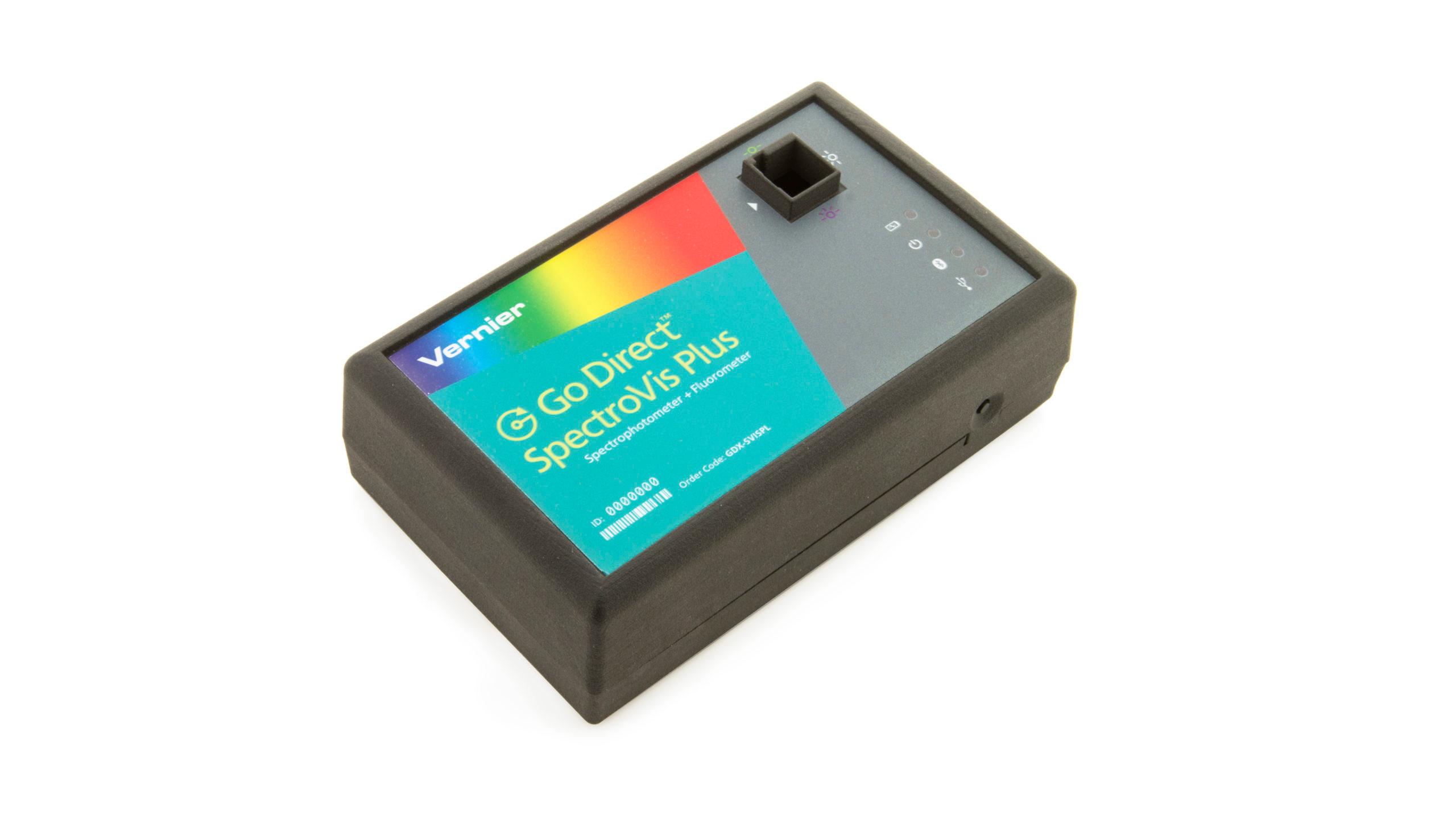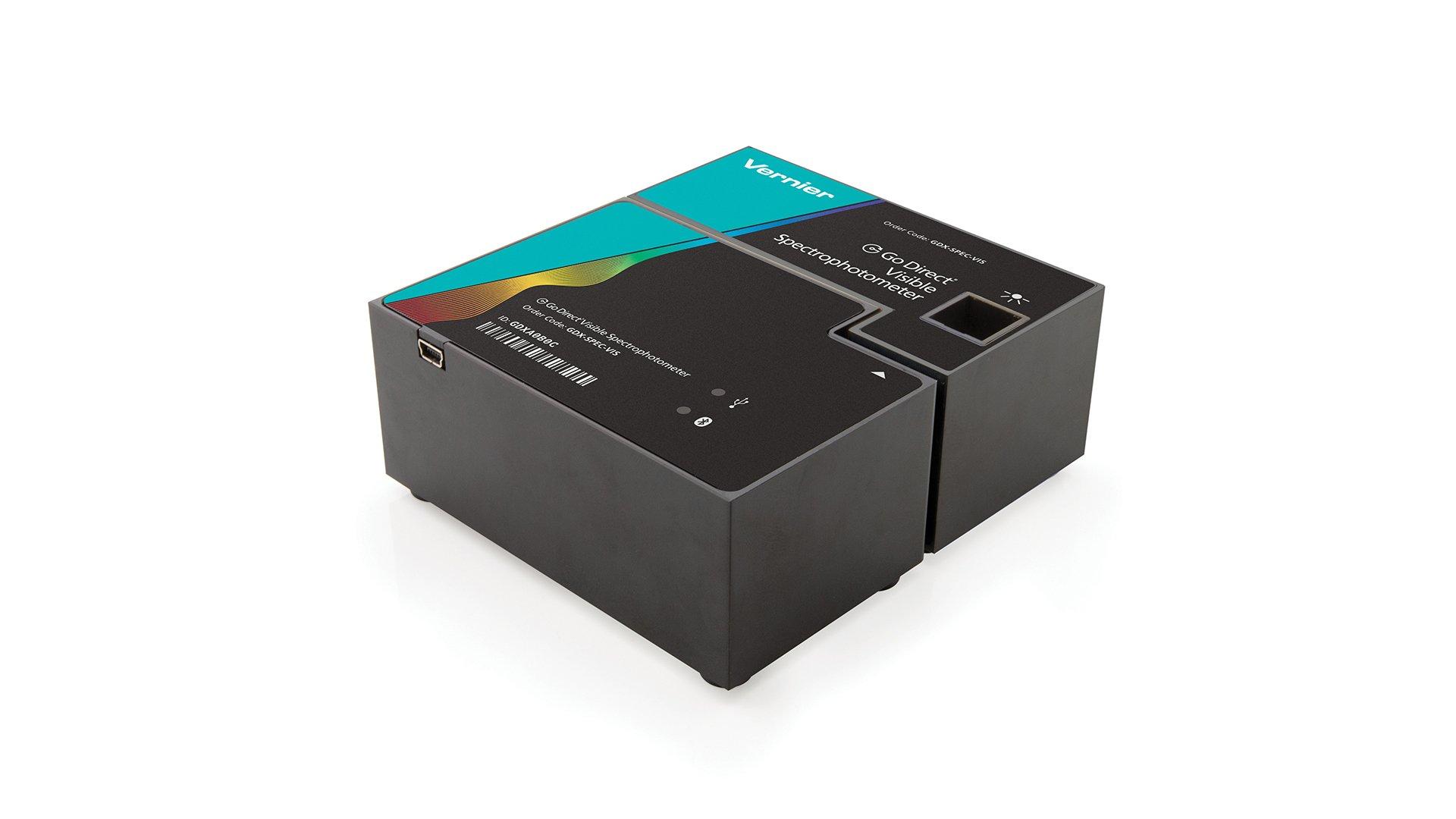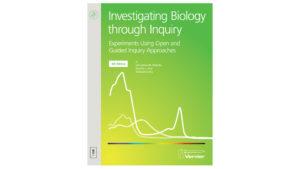Photosynthesis by Chloroplasts
Experiment #12 from Investigating Biology through Inquiry
- Subject
- Biology
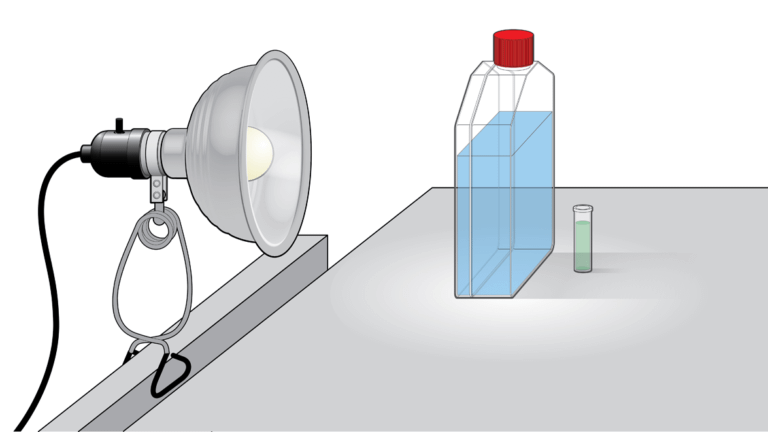
Introduction
The process of photosynthesis involves the use of light energy to convert carbon dioxide and water into sugar, oxygen, and other organic compounds. This process is often summarized by the following reaction:
6 H2O + 6 CO2 + light energy → C6H12O6 + 6 O2
This process is an extremely complex one, occurring in two stages. The first stage, called the light-dependent reactions, require light energy. The products of the light-dependent reactions are then used to produce glucose from carbon dioxide and water. The reactions in the second stage do not require the direct use of light energy—they are called the light-independent reactions.
In the light-dependent reactions, electrons derived from water are “excited” (raised to higher energy levels) as they pass through an electron transport chain in the membrane of the thylakoid. In this electron transport chain, chlorophyll absorbs light energy that is used to excite the electrons in two different photosystems. In the first photosystem (photosystem II), these excited electrons are used to generate ATP. In the second photosystem (photosystem I), excited electrons are used to produce the reduced coenzyme nicotinamide adenine dinucleotide phosphate (NADPH). ATP and NADPH are then used in the light‑independent reactions, the Calvin Cycle, to produce glucose.
In this investigation, a blue dye (2,6-dichlorophenol-indophenol, or DPIP) will be used to replace NADPH in the light-dependent reactions. When the dye is oxidized, it is blue. When reduced, however, it turns colorless. Since DPIP replaces NADPH in the light reactions, it will turn from blue to colorless when reduced during photosynthesis.
Objectives
In the Preliminary Activity, you will use a spectrophotometer to measure color changes in DPIP due to photosynthesis by chloroplasts.
After completing the Preliminary Activity, you will first use reference sources to find out more about photosynthesis by chloroplasts before you choose and investigate a researchable question dealing with photosynthesis. Some topics to consider in your reference search are:
- photosynthesis
- chlorophyll
- chloroplast
- ATP
- NADPH
- electron transport chain
Sensors and Equipment
This experiment features the following sensors and equipment. Additional equipment may be required.
Correlations
Teaching to an educational standard? This experiment supports the standards below.
- International Baccalaureate (IB) 2025/Biology
- B2.2.5—Adaptations of the chloroplast for photosynthesis
- B4.2.3—Photosynthesis as the mode of nutrition in plants, algae and several groups of photosynthetic prokaryotes
- C1.3.1—Transformation of light energy to chemical energy when carbon compounds are produced in photosynthesis
- C1.3.2—Conversion of carbon dioxide to glucose in photosynthesis using hydrogen obtained by splitting water
- C1.3.3—Oxygen as a by-product of photosynthesis in plants, algae and cyanobacteria
- C1.3.9—Photosystems as arrays of pigment molecules that can generate and emit excited electrons
- C1.3.12—ATP production by chemiosmosis in thylakoids
- C1.3.13—Reduction of NADP by photosystem I
- C1.3.14—Thylakoids as systems for performing the light-dependent reactions of photosynthesis
Ready to Experiment?
Ask an Expert
Get answers to your questions about how to teach this experiment with our support team.
- Call toll-free: 888-837-6437
- Chat with Us
- Email support@vernier.com
Purchase the Lab Book
This experiment is #12 of Investigating Biology through Inquiry. The experiment in the book includes student instructions as well as instructor information for set up, helpful hints, and sample graphs and data.
